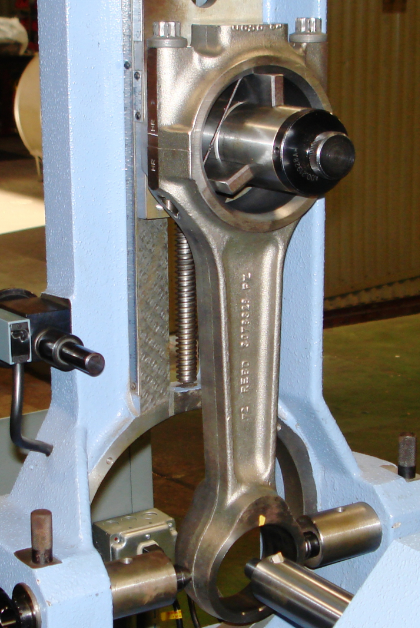While it is true that some moving parts in an engine require a certain amount of play to function correctly, this concept does not typically apply to connecting rods. Excessive play or movement in a connecting rod can signify a serious issue that might lead to engine failure. Let’s delve into the reasons why connecting rods should not have excessive play and the issues that can arise if they do.
The Function of Connecting Rods
The connecting rods serve a vital role in an engine, linking the pistons to the crankshaft. They convert the linear motion of the pistons into the rotary motion of the crankshaft, which ultimately drives the vehicle forward. Given this significant role, it’s clear why their correct operation is vital to an engine’s overall performance.
Understanding Play in Connecting Rods
The term ‘play’ refers to the degree of movement a part can make outside its primary operational motion. In the context of connecting rods, any excess play—either laterally or longitudinally—can cause issues. This play can be a sign of wear in the big end bearing, the small end bushing, or the crankshaft itself.

Problems Associated with Excessive Play
When connecting rods have excessive play, it can lead to various problems:
- Unbalanced engine: Excessive play can cause an imbalance in the engine, leading to rough operation, increased vibration, and decreased overall performance.
- Premature wear: Extra movement can lead to accelerated wear of the connecting rods and the associated crankshaft bearings.
- Potential failure: If left unchecked, the continued play can lead to total engine failure due to a broken connecting rod or damage to the crankshaft.
How to Check for Play in Connecting Rods
To check for play in connecting rods, engine mechanics typically use a specific procedure:
- With the engine off, rotate the crankshaft until one of the connecting rods is at the bottom of its stroke.
- Try to move the connecting rod from side to side. There should be minimal to no play.
- Next, try to move the rod up and down along the axis of the crankshaft. There should be no play in this direction.
If there is noticeable play, the engine may require repair.
The Bottom Line: Connecting Rods and Play
In summary, while some play is normal in certain parts of an engine, connecting rods should not have excessive play. Regular checks and maintenance are vital for detecting any issues early and ensuring the smooth, reliable operation of your engine. Understanding this fundamental principle of engine mechanics can significantly enhance your engine’s longevity and performance.